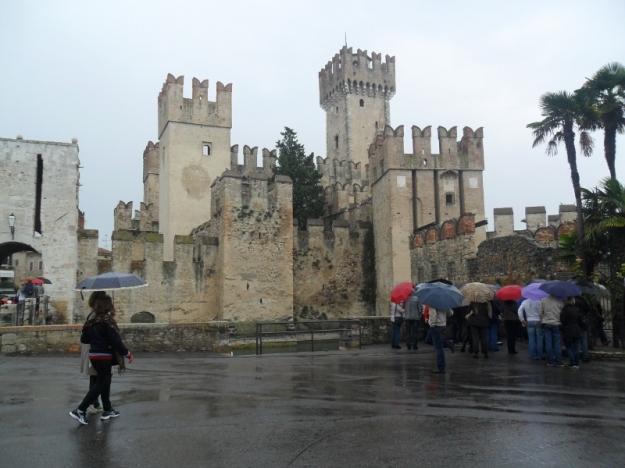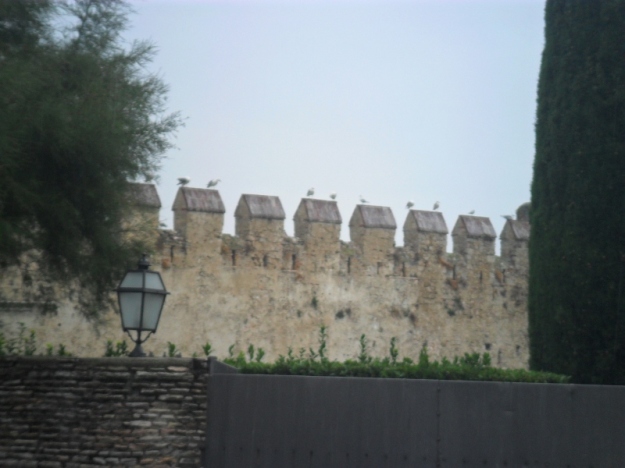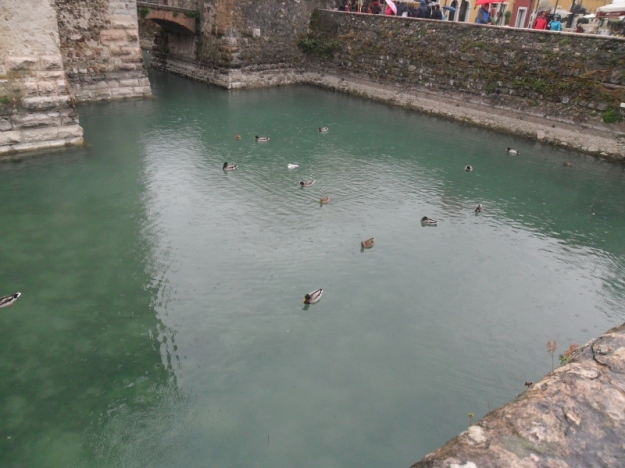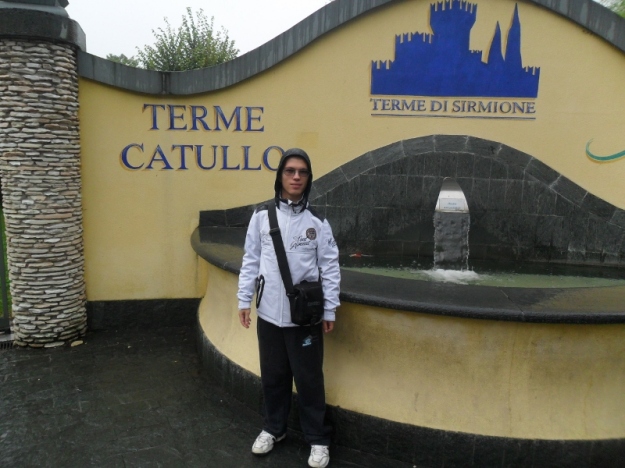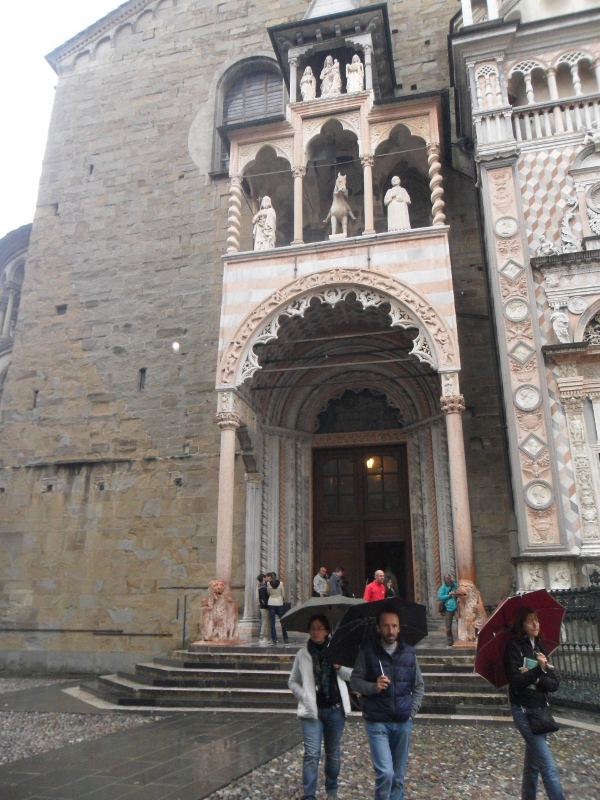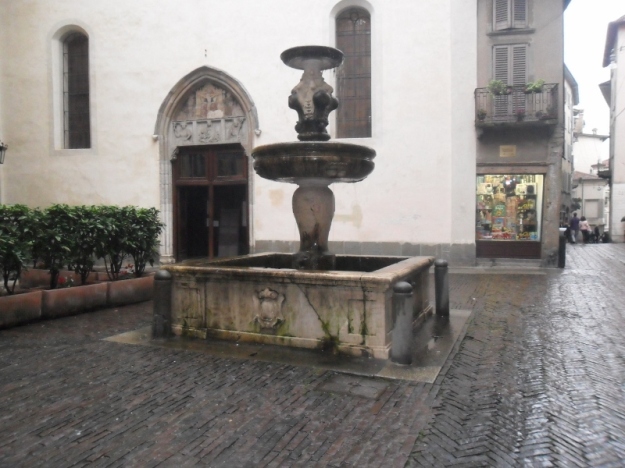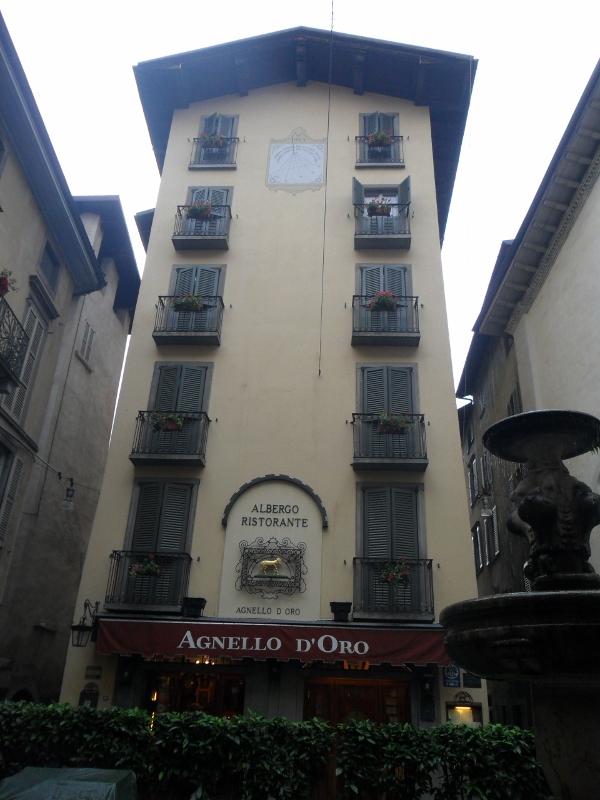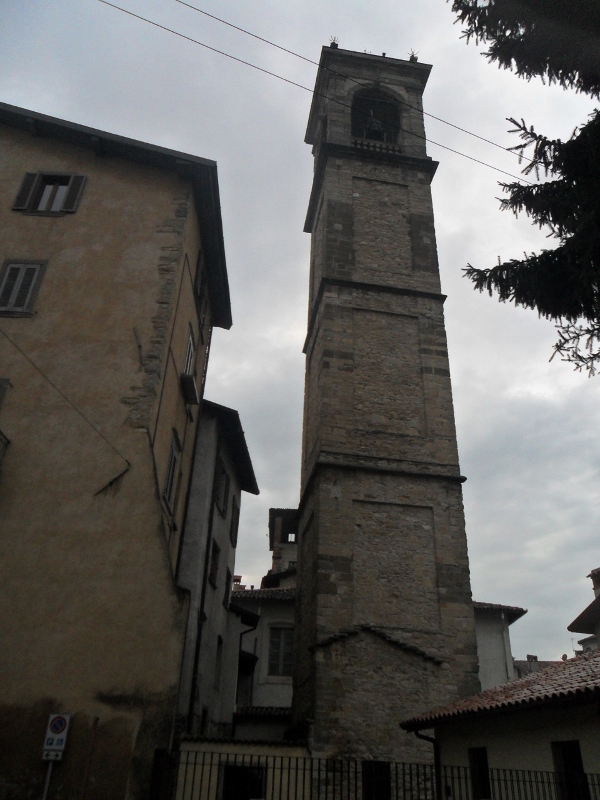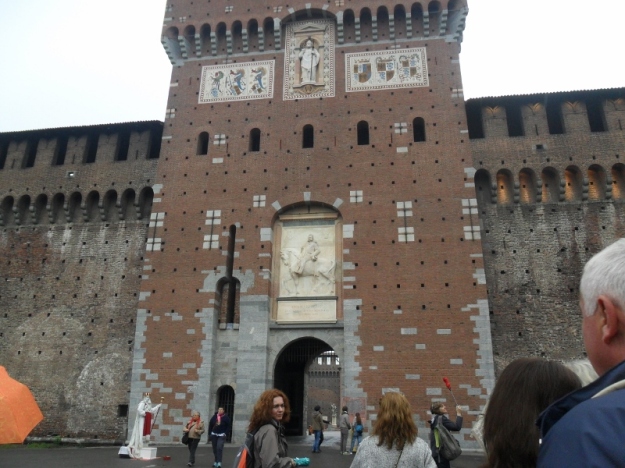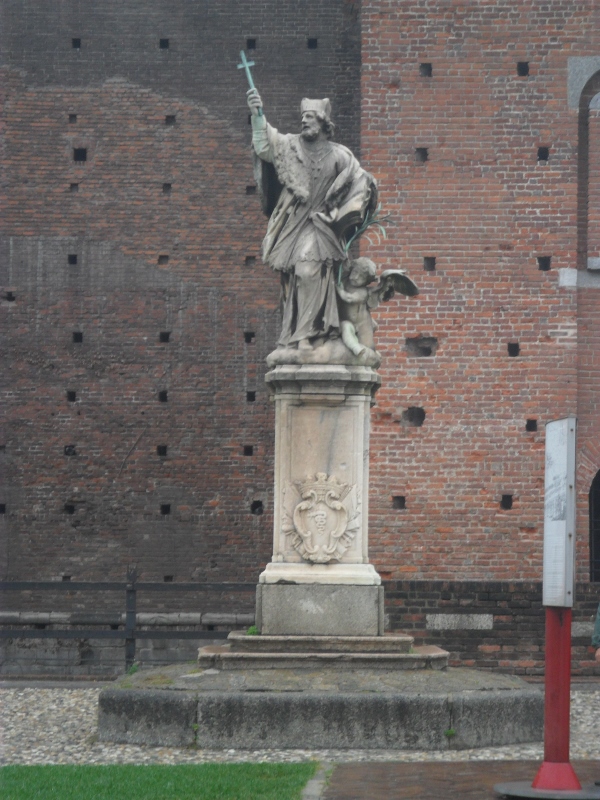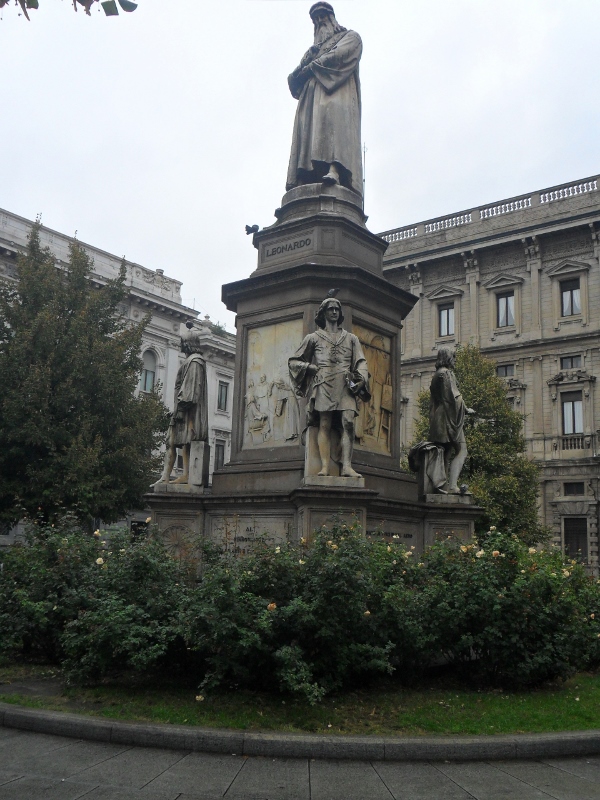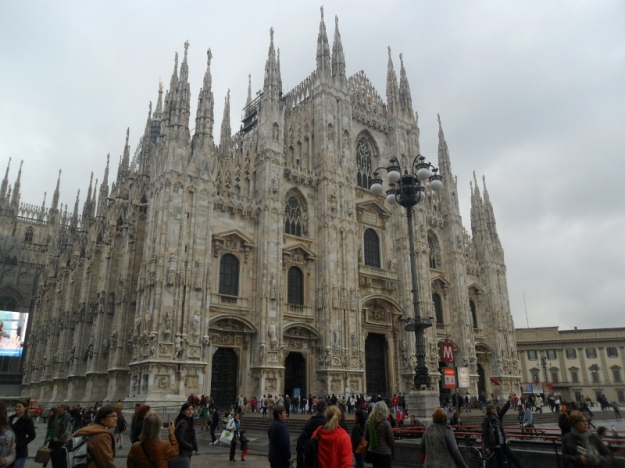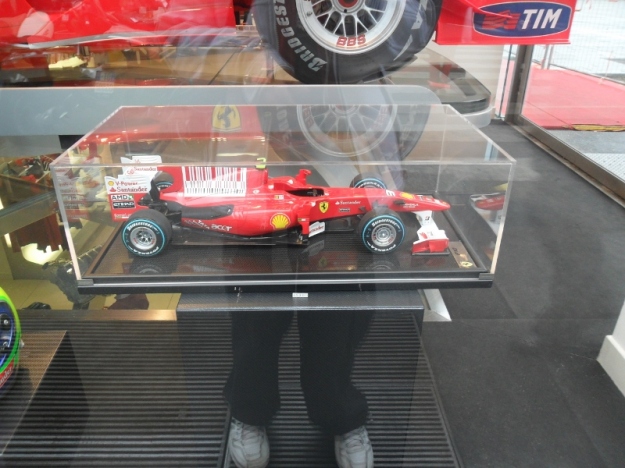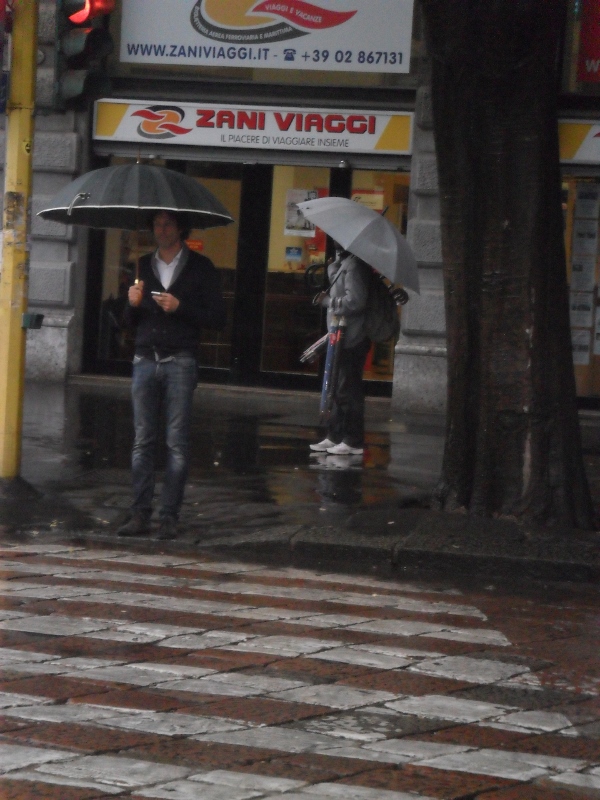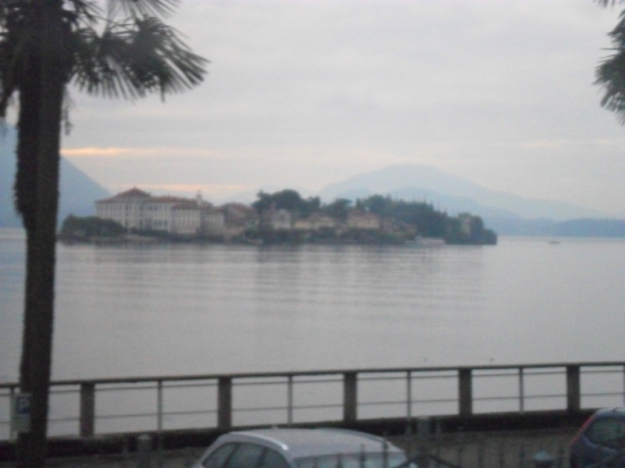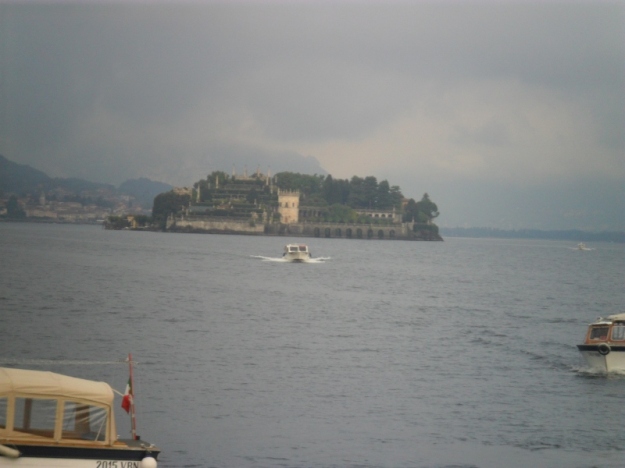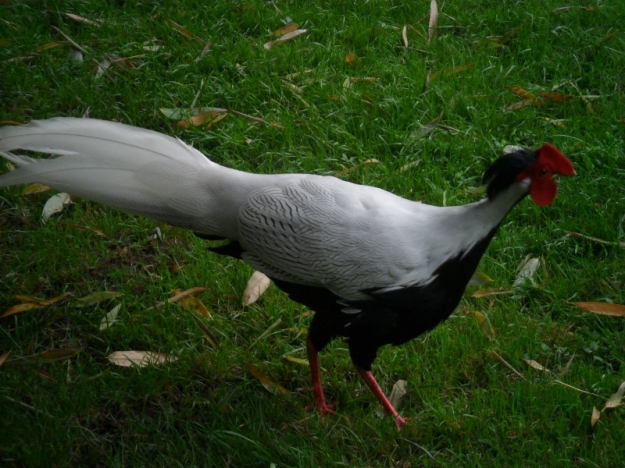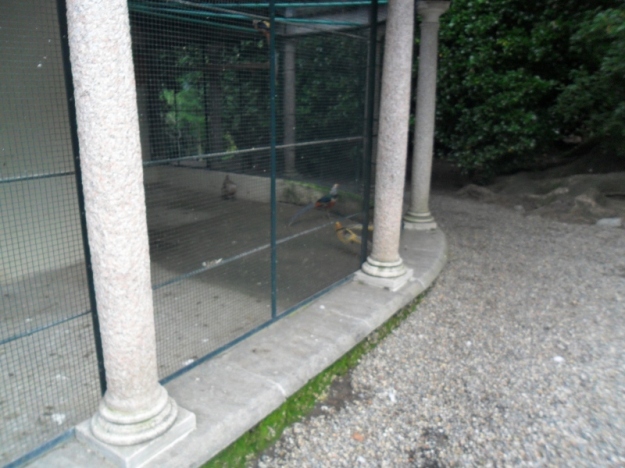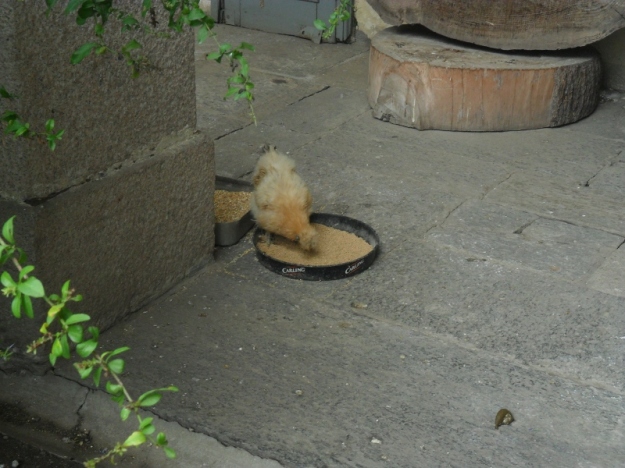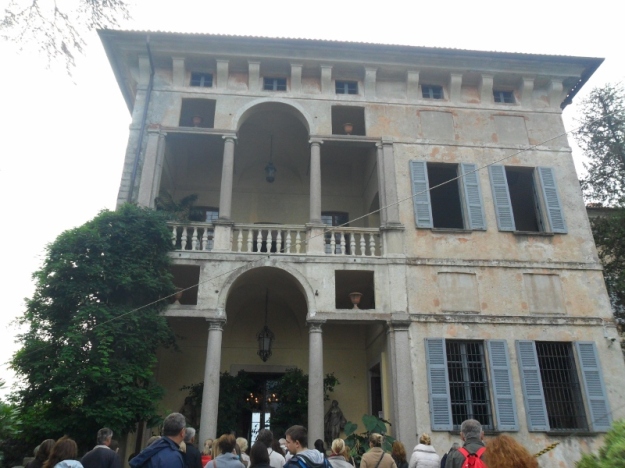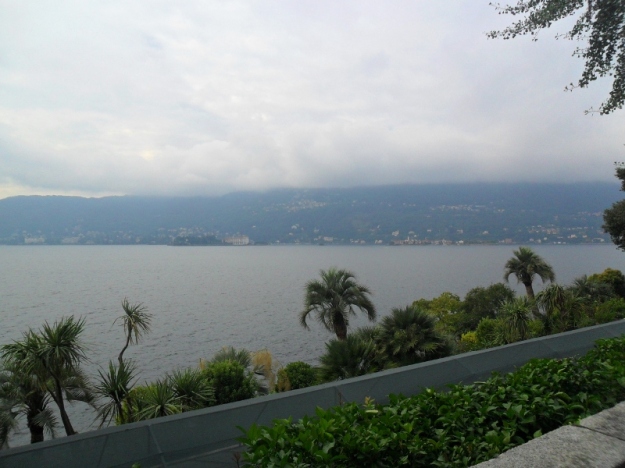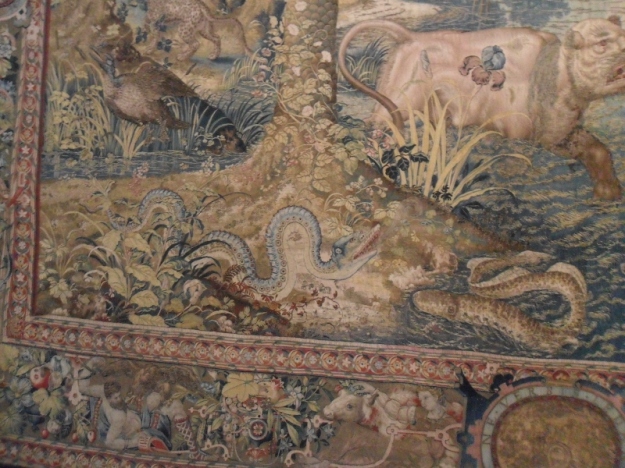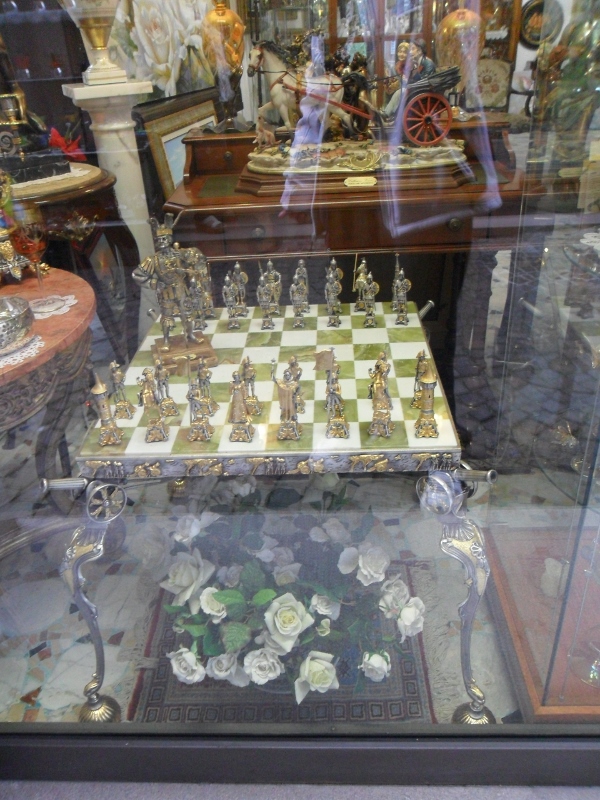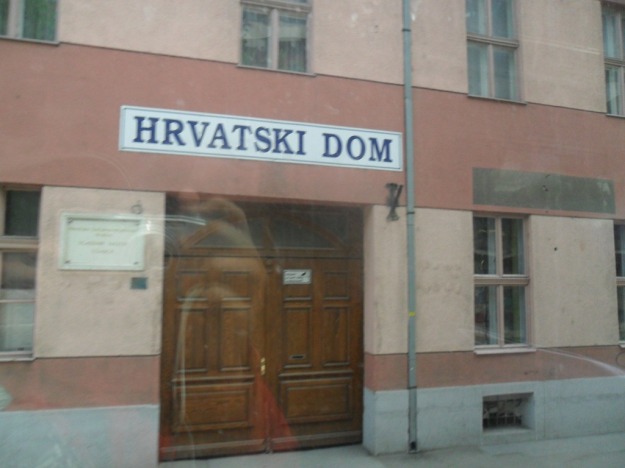Content
Use Ctrl+F codes to quickly navigate through the rest of the post:
CEEPUS (cf01)
Maribor (cf02)
-Distances (cf03)
-Picture time (cf04)
-Colours of religion (cf05)
–Maribor Castle (cf06)
-Avgust Škrabar (and Karađorđe’s star) (cf07)
-Shoes are boring, wear sneakers (and a critique for my nation mates) (cf08)
-“The Romani question” (cf09)
-Vocabulary (cf10)
–University(s) (cf11)
-Vine (cf12)
-Mestni park (cf13)
-The river Drava (cf14)
-Campus Gosposvetska (cf15)
-The best tea in the galaxy (cf16)
-Final words (cf17)
Celje (cf18)
-Picture time (cf19)
-Celjski dom (cf20)
-Castle Celje (cf21)
Graz (cf22)
-Styria (cf23)
-Picture time (cf24)
-Geek time now (cf25)
A Map for the End (cf26)
CEEPUS (cf01)
Nming the post was a thoughy again.
One of my last student adventures, before HSS, was participating in the Central European Exchange Program for University Students (CEEPUS). As the name says, CEEPUS is an exchange programme for university students in Central Europe, kinda like ERASMUS, but covering just Central Europe instead of the whole continent. “Just Central Europe”, huh? Not exactly Central Europe, more like Central Europe and the neighbourhood. The programme covers as eastern parts of Europe as Bulgaria yet neither Germany nor Switzerland are part of the programme and those countries are often considered the heart of Central Europe. Anyway, the countries of CEEPUS Central Europe (i.e. the countries participating in the programme) are: Albania, Austria (CEEPUS HQ is located in Austria), Bosnia and Herzegovina, Bulgaria, Croatia, Czechia, Hungary, Macedonia (FYORM), Moldova, Montenegro, Poland, Romania, Serbia and Kosovo, Slovakia, and Slovenia (check the map below). Although not every single university in this region is a CEEPUS member, if you attend a university in such a defined Central Europe, you can probably participate in the programme. It’s definitely worth checking out. Trust me 🙂
After the end of your CEEPUS time, you get a letter of confirmation like this one. Yeah, quite poor 😮 A simple A4 piece of paper, not even printed in colour. In addition, the letters printed are those of basic Latin alphabet (i.e. no diacritics nor accents… at least those most commonly used in Central European lingoes). That’s right, a Central European programme doesn’t print letters common in Central Europe (e.g. it should have said Lučka, not Lucka on my letter of confirmation, my name was misspelled in such a fashion too and the same keyboard layout is used in Slovenia and Croatia)… Anyway, can’t be compared with a Helsinki Summer School diploma 😀 where, in addition to better paper and colour print, my name is actually correctly spelled. So, the letters common in Central Europe are printed with no biggie on diplomas of an international summer school, but they ain’t printed on Central European Exchange Program for University Students letters of confirmation…
Now, I went to the University of Maribor in Slovenia.
I didn’t want to name the post just CEEPUS because I honestly don’t know much about the programme, only that I went to Maribor through the programme 😀
I stayed only for a month (April 2014) and, therefore, didn’t go much outside Maribor. I did go to Celje and Graz, Austria (only 70 klicks from Maribor) though.
In the end I opted for Maribor (CEEPUS) to include both Maribor and CEEPUS 😀
MARIBOR (cf02)
Maribor is the second largest city of Slovenia. Indeed, you can say that Ljubljana (capital and the largest city) and Maribor are the only two centres of Slovenia although the coastal region has seen serious development lately and you can say that it’s quickly becoming, if it hasn’t become already, the third centre of Slovenia.
Distances (cf03)
I chose Slovenia, and particularly Maribor, because I live like 20 minutes east of Slovenian border and Maribor is only 113 km away from my town. That is closer than Rijeka (157 km), the closest of the other big Croatian cities (i.e. Rijeka, Split and Osijek). Speaking of distances, my town is closer to Maribor than Ljubljana (the distance between Maribor and Ljubljana is 128 km) 😀 So I wasn’t far from home, but participated in an international student exchange programme. I have a good buddy in Maribor (me Neighbour 😀 ). Slovenian and Croatian are similar lingoes, so the language barrier was minimum. Actually, most Slovenians speak Croatian, especially older generation because Serbocroatian was lingua franca of Yugoslavia… and pretty much still is in the ex-Yugoslavia. Although the language of CEEPUS is English, I didn’t have to use English at all (except to clarify something I or the interlocutor said). To come to think of it, the only time I couldn’t communicate was in a Chinese shop in Celje where neither English nor Croatian nor Slovenian helped. Seriously, the only thing the vendor could say was Ne razumem (I don’t understand) and what I don’t understand is how she could do any business in Celje 😮 Finally, the CEEPUS co-ordinator of my home university suggested Maribor.
Saying how close Maribor is, I’d like to say now how to get to Maribor from my town. Except a car (note you have to buy a vignette if you wanna drive on Slovenian highways), you can take a train or a bus. Each has its pros and cons. One would say that train is the quickest way. Technically that is true, but the train stops in every single village, making the trip to Maribor last two hours at best. The bus, on the other hand, makes only one stop before Maribor: in Krapina, Croatia. The problem with the bus is that Slovenians still like to fuck vehicles with Croatian registration on the border despite that we are now in the EU and the bus does have Croatian registration. You can literally be stuck at the border for hours. Now, they can’t really hold a train for long without screwing up the whole schedule and that would piss the train companies off, especially because if I remember correctly, the train for Maribor only passes through Zagreb and Maribor (its destination is Frankfurt or so and its starting point Belgrade or so).
I’ll never forget the Americans teaching me Pitch in the train I was on on my return trip home. They boarded the train in Vienna, Austria. At first I was very enthusiastic to learn Pitch since it is a card game, after all. I actually Facebooked a girl who was teaching me a few times, but I have no one to play the game with and the bloody passage of time…
Anyway, Slovenians would piss German and Austrian train companies of by delaying trains and they don’t wanna do that.
Likewise, the bus ain’t a straight Zagreb-Maribor line. Its starting point is Zagreb, but its destination is Graz and Maribor is just a stop.
Actually, the bus is intended for one day trips from Zagreb to Graz (it leaves from Zagreb at 6:30 AM and then leaves from Graz at 4:00 PM).
Ironically, as I mentioned above, Maribor is closer to me than Rijeka (43 km closer to be precise), yet the return ticket to Maribor costs 119 HRK while the return ticked to Rijeka costs 38 HRK (that’s 45 km less, but the price is 3 times as high as for Rijeka). Well, Maribor is abroad after all (note, that I never feel like a foreigner in Slovenia and I doubt Slovenians in Croatia feel like foreigners) 😀
Anyway, just wanted to say that Maribor is better connected to Zagreb than vice versa. That is, you can make a one-day trip from Zagreb to Maribor by a bus or a train. You board in the morning and leave in the afternoon (bus) or evening (train). If you’re headed from Maribor to Zagreb by a train or a bus, on the other hand, you must stay somewhere over night. Two nights actually: you arrive in the afternoon/evening of one day, but you’d want to do your business in the town the next day, so you’d have to wait for another morning to leave.
Picture time (cf04) 😀
Well, let’s “illustrate” Maribor with pictures:

Another naked boy. Should I be worried for living in a world where naked boys are so “popular” 😮

This is the main square of Maribor… or is it? It is hardly the most popular square in town. Actually, it’s usually empty like this, but its name is Main Square (slo. Glavni trg) probably because Maribor City Hall is located on the square.
That’s the statue of Virgin Mary on the pillar. Now, it ain’t the original statue. The original statue began to seriously degrade over time. That’s why it was decided (in 1990 if I remember correctly) to preserve the original statue in a museum (Maribor Castle to be precise).

And that’s the city hall on the Main Square
Colours of religion (cf05)

This is the Franciscan Church in Maribor. It’s located on the Square of Freedom (slo. Trg svobode). Now that square is the true main square of Maribor.

Speaking of churches, this is Maribor Cathedral. Yeah, it ain’t nearly as popular as the Franciscan Church.

And, yeah, speaking of churches, this is the Lutheran church in Maribor. Like Croatia, Slovenia is mostly catholic. Nevertheless, some Slovenians are Lutherans. Lutherans are dispersed throughout the country, but they’re not big in number. Therefore, there are just a few Lutheran churches in Slovenia. After the one in Celje was closed, the closest church to this one was in Ljubljana. That being said, the church serves Lutherans neighbouring Maribor. Frankly, since distances here, especially in Slovenia, aren’t much of a problem, the believers outside Maribor can easily reach the church in the town. I spoke to the curator and he told me Lutherans can just a attend Catholic mass when protestant service is unavailable.
Also, I know that some protestant churches are quite liberal and have priestesses. Frankly, I don’t see why the hell a woman couldn’t be a priest(ess) (I have to say here that Old Catholic Church, the views of which suit me the best, has priestesses too). Still I was quite surprised to learn that Lutherans have priestesses. This church is headed by a priestess.

This is the inside of the church. In case you haven’t been inside a protestant church, you really must go into one to see how overdecorated catholic (and orthodox) churches are. This was the first Lutheran church I had been in. The funny thing is that upon returning home, I learnt that a church near my Uni is in fact Lutheran. Since you can’t really tell a difference between a catholic and a protestant church from the outside because it’s the inside of a catholic church that is so decorated; I didn’t take notice on that particular church 😮

And another church in Maribor

And speaking of religious buildings, this is the synagogue in Maribor. Yeah, it ain’t much 😮
The point is that this is one of the oldest synagogues in Europe. Indeed, Maribor’s had a rich Jewish history.

Klikni na sliku i obrati pažnju da na “bosansko-hrvatskoj” latinici piše …Bosne in Hercegovine… 😀
…and Bosnian consulate a few metres from the synagogue 😀
Maribor Castle (cf06)

This is the Maribor Castle
The castle is a museum today and naturally, in addition to it housing the original statue of the Virgin Mary replica on the Main Square, lots of other stuff can be seen in the castle. The museum pretty much covers the history from the ice age to the 20th century.
Here are some pics:

This is a replica of a chimneyless house, quite commonly used by the middle-class, Note that fire place was still used for cooking and heating, but there was no chimney!

You can enter a chimneyless house. I managed to take a pic of the fire place in one.
So our ancestors could choose a way to die outside battlefield – they could either suffocate or freeze to death! What a lovely choice…

A shiny coat of arms

There are many models of battles against the Turks, but this is my favourite – LEGOS 😀
Avgust Škrabar (and Karađorđe’s star) (cf07)

Click on the image to enlarge it
In short this a poster honouring the history of Maribor, Lt. Col. Avgust Škrabar in particular.
Lt. Col. Avgust Škrabar was awarded the Order of Karađorđe’s Star with Swords for his valour protecting the Slovenian (back then Yugoslav) northern borders.
Avgust Škrabar is a national hero of Slovenia and is remembered as such in Slovenia. Now, if he were in Croatia, his story would probably be interpreted differently.
The border protection would still be honoured and, indeed, many of us would still consider him as a hero. But the medal he received would probably stain him in the eyes of a lot of people.
First, note that he was awarded for protecting Yugoslav, not Slovenian borders. Back then, there were no Slovenian borders, nor Croatian, nor Serbian etc. because the division of Yugoslavia did not follow the borders of modern countries (neither in territory nor in name) back then.
Secondly, the Karađorđević dynasty, the ruling dynasty of the Kingdom of Yugoslavia, awarded him the medal. The dynasty is nefarious for its attempts to make Serbs the dominant nation in Yugoslavia. They did not name the kingdom (Greater) Serbia or something like that, so their attempt wouldn’t be so transparent. Instead they played with the countries making Yugoslavia. Remember how I said that the division of Yugoslavia back then did not follow the borders of modern countries? Yugoslavia was divided in 9 banovinas. The borders of banovinas intentionally didn’t follow the boundaries of ethnic groups, so there would be a strong Serb presence in as many banovinas as possible and there wouldn’t be any successions attempted in the future (after all, the most likely succession would be of a territory of a particular ethnic group, but if ethnic groups were dispersed through many banovinas…). In addition, the dynasty persecuted nonSerbs, including Slovenes [although not as much as other ethnicities because Slovenes were never a real threat to Serbian domination, since not many Serbs have ever lived in Slovenia (though they are still the second largest minority in Slovenia) and Slovenes are small in number].
All this can, and should, be disregarded since such were the times, and he did risk his life for his homeland.
Now, let’s look at the medal. The medal doesn’t have a single Slovenian symbol, but it does have a big Serbian cross. Even the inscription (За веру и слободу 1804 – For faith and freedom 1804) isn’t in Slovenian, but in Serbian. Actually, as you can see it wasn’t even written in Latin alphabet even though Serbs use Cyrillic and Latin alphabets equally and Slovenians use only Latin alphabet which is only slightly different than (Serbo)croatian Latin alphabet (i.e. it lacks five letters). Basically, Lt. Col. Škrabar could have refused such a medal and I doubt he’d be remembered as any less of a hero. Quite the contrary probably.
Shoes are boring, wear sneakers (and a critique for my nation mates) (cf08)

This Converse ad (the text, of course, says Shoes are boring, wear sneakers) was quite popular at the time I was in Maribor and I must say that I totally agree with the ad 😀
Now you must think So bloody what?! Why are you showing us an ad?! Has stupidity replaced all your fearlessness, Nel?! I posted this photo as a critique for my nation mates. We had tons of this ads, but they were all in English (before seeing this ad, I though they were in English around the globe). Unlike Slovenes, who respect their language, my nation mates don’t give a shit about Croatian (a quote of my friend, her exact words: I don’t give a shit about Croatian). An ad in a foreign language (especially English) is so “cool”… And, of course, most of my nation mates speak English either badly, terribly or not at all, but they are showing off with English. And by “bad” and “terrible”, I don’t mean that they speak ugly like me (i.e. ugly pronunciation) (note that my speech centre is damaged), they simply love stupidities like Rent a motors or Thanks God and often use such stupidities in every-day Croatian conversation replacing perfectly good (and correct) Croatian phrases with this bullshit.
Have you heard how Croatian representative in the European Parliament, Ingrid Antičević-Martinović, embarrassed us, her nation, speaking English? Well, she doesn’t speak English any worse than an average Croatian and the link I’ve just given you pretty much confirms that. Nevertheless, people here were very happy to make fun of her. They found her pronunciation of People must trust us (“Pipl mast trast as”) the funniest. Mkay, it was funny and I did laugh my ass off listening to her, but off all the gibberish she’d said, People must trust us was the only one that actually made sense. Now, who the fuck did make fun of her?! Most of the people who made fun of her say sheeps, can’t distinguish between their and her (as you can see in the link) and so on and the proof is People must trust us because that’s what people here remotely know the meaning of and know that it sounds differently than Ingrid said it.
Also, note how the lazyasses couldn’t stretch their fingers to Č and Ć and just wrote C (yeah, both Č and Ć are available by a single click – check out Croatian keyboard layout).
All in all, most of my nation mates think, using a foreign language, especially English, is so much cooler than using one’s own language and they mock others who speak English badly (to put it in better words, what they think is bad English), Yet most of them don’t actually speak (in) English, they speak on English
“The Romani question” (cf09)
The Roma (Gipsies) are present throughout Europe yet they only present a “question” in Central and Eastern Europe. I mean, they probably ain’t loved anywhere in Europe, but they are not a “question” in, dunno, the UK.

A big opening ceremony of a Romani restaurant. Everybody’s happy, cheering, singing, laughing, and generally enjoying themselves in the accompaniment of traditional Romani music.

…and just a dozen metres to the west, there’s this “lovely” “writing on the wall”: Gipsies, suck a dick
Vocabulary (cf10) 😉
Now, time for another little digression:
There I was, wandering Tatooine (yes, a Star Wars planet) in ToR (yes, a Star Wars game) like a good cowboy, when a few sandpeople (or were they Imps? 😮 ) attacked me. Anyway, I was in a group with Slovenians and I told to the attackers to suck my dick 😀 Which made me ask meself how Slovenians say dick. They told me that the standard word would be kurec, but that they all say kurac (I’m sure they “burrowed” the word from Croatian) 😀

And, of course, their most beutiful neighbours must be advertised in Maribor (the text says Embrace the spring in Croatia) 😀

Hmm…, I do wonder whether this manhole leads to Varaždin, Croatia 😮
University(s) (cf11)

And speaking of manholes, let it be known that Maribor is a university town (Univerzitetno mesto) 😀 although the University of Maribor was founded in 1975. Well, I did see a department of the Faculty of Theology of the University of Ljubljana, and the University of Ljubljana dates back to the 17th century I think 😀

This is the main building of the University of Maribor

This is the University Library in Maribor (slo. Univerzitetna knjižnica Maribor – UKM). Anyway, CEEPUS (probably ERASMUS too, and students of every other exchange programme) get free access to the libraries of their host institution, that includes university libraries. Actually, a librarian at the Faculty of Arts wanted me to pay for membership until the person in charge for foreign students came and asked her what the hell she was doing 😮
I did spend a lot of time at the library looking for data for my master’s. I would probably, most likely, be lost without Knoppix because Windows just wouldn’t connect to wi-fi provided by the library. Since people all around me were using Windows, I was pretty sure something was wrong with my Windows. Besides, I couldn’t connect to any wi-fi network in Maribor. On the last day I realized that my wi-fi settings were wrong 😮 Although, something was really wrong with the wi-fi at the faculty. I couldn’t connect to that wi-fi neither with Windows nor with Knoppix nor with me cell phone (i.e. Android).
One more thing, English isn’t of much use at UKM, as at the University Library in, for example, Helsinki. Neither is it at, for example, the (National and) University Library (cro. Nacionalna i sveučilišna knjižnica – NSK) in Zagreb. Mkay, to be honest, I didn’t really speak English with the staff nor did I search the database strictly for English content (most, if not all, of the results were in Slovenian and the data I used was definitely not in English), but Slovenian was all around me. I think that even Windows on library computers intended for users were in Slovenian.
Vine (cf12)

Maribor is the home to the oldest vine tree in the world. That is, the tree is more than 400 years old. Now, there were vine trees before and I’m pretty sure there are remnants of an older vine tree somewhere, but vine is still produced from this tree, it has been produced continuously for more than 400 years.
Frankly I wasn’t much impressed by what I saw (a house and vine tree branches), but still… the oldest vine tree on the planet!

Me in front of the hose. Yeah, the day was quite chilly (…and sunny).
Mestni park (cf13)

This is a pic of Mestni park (City Park). So a lot of cities have big parks: New York has Central Park, London has Hyde Park, Toronto has Allen Gardens; there’s Park Tres de Febrero in Buenos Aires, Champ de Mars in Paris, Tiergarten in Berlin etc. Mestni park is such a park in Maribor.

This is aquarium-terrarium located in Mestni park. You can say that this is an equivalent of a zoo most big cities have. Actually, the zoo in my town is located in the biggest city park. Anyway, the main difference would be that instead of having all kinds of animals, the aquarium-terrarium has only lizards and fish. In addition, the whole aquarium-terrarium is indoors.

Anyway, I just had to post this pic from the aquarium-terrarium. Yep, these turtles are sleeping on a crock, and the crock was in a pretty deep sleep too. Otherwise, I doubt he’d allow the turtles to be on his back (actually one is pretty much on his head). This scenes brings me back to TMNT and childhood (hell, I still like the turtles so lemme just shout here: TEENAGE MUTANT NINJA TURTLES!!! 😀 ). I do wonder whether the four turtles are in fact Leo, Raph, Don and Mikey, and whether the crock is Leatherhead 😉 I guess that a rat must be hiding somewhere around here in that case 😮
The river Drava (cf14)

Maribor lies on the river Drava. Two things about the river: one, there are no dikes and houses are located very near the water, which tells us the Drava is pretty calm in Maribor; two, the river was very important for transport in the past. The transport was done on rafts. Actually, along the river coast, there are Rafter’s education tour (slo. Splavarska učna pot) signs telling about the history of sailing on rafts in Maribor. There is also a tourist raft that brings the sailing closer to tourists. Unfortunately, the raft starts operating at the end of April and I realized there was the tourist raft on the day I returned home 😦

An interesting geomorphological phenomenon on the Drava in Maribor is Maribor Island. The island is shown is this pic. Now, the island is a real island, a real deal, not just a sandbar. Suffice it to say, real islands are rare on rivers, especially small rivers like Drava. Other than the aqua-centre, which was of course closed in April, the island is pretty much pure wilderness. Actually, there are a lot of snakes there, none of which are poisonous… I think – I was lucky enough to be on the island on a cold cloudy day, so every slithery thing was hiding in its hole.

And you’ve got a nice view of the dam from the westernmost reach of the island 😀
Campus Gosposvetska (cf15)

This is the campus I stayed at.
The campus is located next to the Faculty of Arts. The Department of Geography is a department of the Faculty of Arts, so I stayed like three minutes away from my classes.
A little trivia here: In my town, the Department of Geography is a part of the Faculty of Science while the University of Belgrade has a whole faculty of geography. My point is that geography is interdisciplinary!

So this is the Faculty of Arts

Speaking of the faculty, this is the copy shop of the faculty.
Yeah, a bit “bigger” than ours 😉 Mkay, the building of the Faculty of Arts in Maribor is quite bigger than the building of Department of Geography in Zagreb. Furthermore, you might say a faculty is quite bigger than a department anyway. True, only we share the building with the Faculty of Chemical Engineering and Technology, and with Croatian Institute for Social Sciences, so…

And this is the window of my room 😀
The best tea in the galaxy (cf16)

This is the best tea in the galaxy, the best of all times.
There are many mountain teas, but no tea can beat this one.
Seriously, I don’t give a shit how tea drinking the English are, before they try this shit, they now nothing.
The problem is that it can rarely be found in Croatia despite the closeness of Slovenia and despite the packing actually stating the Croatian importer.
I’ve heard “rumours” lately that the tea has began resurfacing in Croatia, probably because a Croatian tycoon bought the biggest Slovenian food chain.
In any case, the first thing I did in Maribor was emptying a shelf of the tea in a nearby store. Then I emptied the shelves of a few other stores. The employees of the stores kept looking at me strangely, but I did supply meself for winters to come 😀 Actually, I’m beginning to run low on the shit 😦 TIME TO VISIT SLOVENIA AGAIN 😀
Anyway, remember: it’s 1001 CVET PLANINSKI ČAJ!!!
Final words (cf17)
When I got the email informing me my scholarship for the month had arrived, I checked to whom else the email was sent so I might contact the fellow exchange students. Anyway, the email was sent to three other people. I recognized one was a Montenegrin because his email address ended in Montenegrin top-level domain [.me (true, because of the word me .me domain is often used outside Montenegro and a lot of people don’t even know it’s Montenegrin, but I don’t think I’ve ever seen a non-Montenegrin .me email address; besides the address domain was t-com and I know T-Com is a telecommunications provider in Montenegro)]. I recognized another to be Croatian because she had a common Croatian surname. I couldn’t really place the third student. The top-level domain of her address was .com and her surname did sound Slavic, but I couldn’t be any more precise. I only concluded she was likely a Latin-writing Slav, probably Czech or Slovak, because Cyrillic letter Ч would probably be transcribed to ch in an email address. Latin equivalent of the letter Ч used by most Latin-writing Slavs is Č, which is usually written just as c in email address and the C in her address sounded like Č, not real C so… (you gotta congratulate me on my “smart” deduction now 😀 )
Anyway, my guess turned out to be pretty accurate. The girl was a Slovak 😀 And only she really replied. The Montenegrin just told me Yeah, we understand each other (I asked him if we understood each other in Croatian, as I do everyone I think might understand Croatian 😀 ) and the Croatian didn’t even reply to my email (actually I think I sent two, and she replied to neither).
I did spend some time with the Slovak girl. She studies English and German. A few years back she’d worked on the Croatian island of Pag and she had picked Croatian there. Since she was in Maribor for the whole semester, she picked some Slovenian too though she told me the problem with Slovenian was that she hadn’t had much use for it while staying in Maribor. She communicated with her professors in English or German and most of the students spoke English anyway, On the other hand, she was forced to learn Croatian while she’d been “trapped” on Pag. Her job was to guide Czech and Slovak tourists (yeah, she speaks Czech too, but all the Slovaks do, they even import Czech movie dubs… which means that the Lord of the Rings I watched in Bratislava was in fact in Czech and not Slovak 😀 ) and she could speak English, and especially German, to other tourists (the vast majority of tourists visiting Croatia are Germans), but that didn’t help her much when talking to other people on Pag.
The girl asked me to teach her Croatian names of months of the year. She told me how certain months have the same name in Czech while others have the name of another month in Croatian. For example, listopad is October in Croatian and November in Czech! Now to make a parallel:
Czech and Slovak in Czechoslovakia could be compared to Serbian and Croatian in Yugoslavia. The difference is, there is more difference between Czech and Slovak than there is between Serbian and Croatian. Anyway, Czech could be related to Serbian because Czech was spoken more in Czechoslovakia and Serbian was spoken more in Yugoslavia and Slovak to Croatian. Yet Czech and Croatian use Slavic names of the months while Serbian and Slovak use classic names of the months (January-, February-, March-like).
And now to return to dubbing again 😀 Movies and stuff are rarely dubbed in Croatia and Serbia. We use subtitles. The only things we usually do dub are cartoons. Now, Serbs often import these dubs from us. On the other hand, I don’t think I’ve ever heard a Serbian dub in Croatia (Bobo, Bil i raja se ne računaju 😉 ). Seems that dubs are connected to the names of the months on some level 😮
My birthday is on April 22nd, so I treated me Neighbour with a movie. Anyway, we went to see The Amazing Spider-Man 2. The movie was quite amazing although I don’t acknowledge Spider-Man without MJ. It was interesting that the movie started the second the room went dark. No ads, no trailers, no nothing! Just the movie 😀 I’m used to at least 15 minutes of gibberish before the movie, in other words I’m used to being 15 minutes late to a movie, but that ain’t working in Maribor and that’s just great 😀 I don’t really mind the trailers, they let you see what’s on, but I just hate the ads. I mean, I pay a ticked to be spammed with buy this, buy that, shop here, shop there 😡
Sony must have been a sponsor of the movie or whatever because every single laptop in the movie was Sony Vaio (I have a Sony Vaio 😀 ).
Funny thing is that we watched The Amazing Spider-Man 2 in the cinema and a few days later there was Spider-Man 2 (from 2004) ×D
Speaking of movies, a Star Wars marathon is currently in progress (one movie per Sunday) and it was in progress when I was in Maribor 😀 A New Hope was last Sunday (yes, it’s my favourite – The Empire Strikes Back – next Sunday) and so was on my first Sunday in Maribor 😀 The picture quality was quite bad though, but I was just happy the channel was available. I remember writing an “ad”, on a piece of paper, that I was watching Star Wars that day and anyone who’d like to watch the movie with me was welcome, just had to knock on the door. Nobody came 😦
As I said, I only stayed in Maribor for a month. I had to write the master’s, do an internship and prepare meself for Helsinki. In the end, I think I made a wrong decision and should have stayed at least for another month.
At the very least, I should have gone in May instead of April. There was a quite cheap field trip to Brno and Zlin (those in the “shoe” business probably know Zlin’s shoe brand Bat’a, actually the factory was the key reason of the trip), Czechia and the Slovak girl organized a trip to Italy.

Most importantly, my favourite Croatian band held a concert in the bar in the campus I stayed at on May 6th and there was no entrance fee (prost vstop)! Yes they held a free concert in a place just a few metres from where I slept just six bloody days before!
What else is there to say about Maribor? Oo oi! Maribor is the first place where I saw Finnish vehicle registration 😀
CELJE (cf18)
Celje is the third largest city of Slovenia. It is one of the stops of the train from Zagreb to Maribor.
The town is interesting because it lies on four rivers. Kinda like Karlovac, Croatia which lies on five rivers.
There is a mediaeval castle overlooking the town. I really wanted to see the castle and I did. But the way to castle on foot is quite long, even for someone not screwed like meself. I did walk to the castle and I lost much time walking to the castle. Then I stayed at the castle for a few hours and then I spent much time returning to Celje. In the end I missed the early train back (“early” being 5:00 PM). Anyway, because I spent so much time in the castle, I managed to only move around the railway station a bit and not really see the town.
Picture time (cf19) 😀
Here are the few pics of the town I took:

The knight has the coat of arms of Celje on his breastplate. Actually, the stars on the coat of arms are so important to Slovenes that the coat of arms on Slovenian flag has them.
Celjski dom (cf20)

This is the front of Celjski dom.
Celjski dom was built in the early 20th century as the main seat of Germans in town. It was intended to contrast the Slovenian community centre Narodni dom, which today serves as Celje city hall while Celjski dom is a community centre. Many concerts are held there throughout the year, a theatre is there, as is the tourist information centre.

This is the west side of Celjski dom.

This semaphore intrigued me because it has separate lights for cyclists 😀

I hadn’t encountered a single stray cat cat in Maribor (nor in Helsinki for that matter). I saw this fellow when I was walking to Castle Celje. The kitty in the pic was the only cat I saw in Slovenia (at least last year) and the little furball came straight to me 😀

A street sign I encountered on my way to the castle. Dolarjeva ulica can be translated as Street of the Dollar. Unfortunately, the greenery surrounding the sing ain’t the greenery 😉
Castle Celje (cf21)

And finally, the castle.
Remember my post about castles in Zagorje? I mentioned the legend of Veronika Desinić concerning the castle Veliki Tabor there. Anyway, Veronika’s lover was from Celje. Actually, the father of her lover was Count Herman II of Celje and this was his castle. The castle plays a vital role in the legend of Veronika Desinić. Castle Celje and Veliki Tabor are intertwined, both in legend and in the real history. After all, the border between Croatia and Slovenia didn’t exist back then and we were all one big (more-or-less) happy family.
 An “inside look” of the castle.
An “inside look” of the castle.

A beautiful view of Celje from the castle

I bought this medallion in a gift shop in the castle. The inscription (Grofje celjski) says the Counts of Celje and that’s their coat of arms (just without colours 😮 ). Anyway, I just love to wear this shit. Seriously, I wear it pretty much always 😀 Definitely the most used souvenir I have ever bought 😀
GRAZ (cf22)

I just had to buy my speech therapist a No kangaroos in Austria magnet because she lived in Australia for 5 years 😀
The last week in Maribor was an off week at the Uni, so me and me Neighbour could finally go to Graz.
To get to Graz, we took the same bus I used to come to Maribor. Since the Neighbour speaks German fluently (actually he studies German), I at least found myself a bit useful when talking to the driver (Croatian bus). Though to be honest, me Neighbour would have no trouble communicating with him. After all, we two are managing to communicate without English, but still since the driver was Croatian and I’m Croatian, I did the talk in the bus. The Neighbour was in charge of Graz 😀
Anyway, remember how I said Slovenians love to hold vehicles with Croatian registration at the border? Well, we waited for an hour for the bus because it was held at the border. Actually a couple of tourists asked us if it was normal to wait like that (and they were quite disappointed when we arrived in Graz and found out me Neighbour wasn’t from Graz nor an Austrian for that matter 😀 ). The border between Austria and Slovenia is practically non-existent. I mean, the bus didn’t even slow down at the border. That’s why we arrived back to Maribor accurately to the second (no Croatian border between Austria and Slovenia).
Speaking of the bus and Croatian border, when I was returning home, I heard questions like Do we need passports? then answers like I think not, but I ain’t sure. Mkay, people (Slovenens and Croatians to be precise), I DON’T REMEMBER WHEN WE NEEDED PASSPORTS FOR SLOVENIA (AND VICE VERSA). EVER SINCE I REMEMBER WE COULD ENTER SLOVENIA WITH (VALID) ID CARDS (AND VICE VERSA)!!! NOW THAT WE ARE IN THE EU, WE DO NOT NEED A PASSPORT TO ENTER ANY EU MEMBER. THAT’S RIGHT, WE CAN GO TO EVERY EU MEMBER, INCLUDING SLOVENIA, WITH OUR ID CARDS, AS LONG AS THEY’RE VALID, OF COURSE. YOU CAN GO TO THE UK WITHOUT PASSPORT, YOU CAN GO TO GERMANY WITHOUT PASSPORT, YOU CAN GO TO FINLAND WITHOUT PASSPORT ETC. END OF STORY!!! I went to Estonia without passport. We are citizens of the EU now, for Christ’s sake!
I wonder if the vote for the accession to the EU passed so slimly because people hadn’t known (and still don’t know) stuff like this about the EU… I mean, you just don’t give a shit, but when you come to a border, it’s like Oh my God, what do I do?! Where is my passport?! and even if you hadn’t know that no passports are needed, you could have bloody checked before travelling.
Styria (cf23)
Now like Maribor, Graz is in Styria, a region shared by Austria and Slovenia. The region dates back to the Duchy of Styria of Austrian Empire (later Austri-Hungary). Graz is the capital city of Austrian state Styria and the largest city in Styria (both Austrian and Slovenian) while Maribor is the second largest. Now, Graz has always been important to Slovenes. Even today, there are many Slovenian students at the University of Graz (before I decided to apply for Maribor, I considered Graz, btw), particularly from Maribor and there are many Slovenian workers in Graz.
Picture time (cf24) 😀
So picture time now:

The first thing we saw in Graz. Bloody hell, this lexicon alone is worth learning German 😀




The river Mur in Graz

An “island” on the Mur in Graz. Not quite like Maribor island, ah? Or any other island for that matter 😮 I think there’s a cafe on the island.



Graz City Hall


Viđu Vinkovce u Grazu 😀 [Vinkovci is a town in Croatia… and it was written on Croatian tricolour (i.e. red-white-blue) with the Croatian cheque in the middle 😀 ]

Aha! 30 % niža cijena. Raja navali u Billu po kilu ćevapa za samo 3,99€, prava sitnica 😀
Geek time now (cf25) 😀
Me Neighbour and I visited the many game (and comic) shops Graz has to offer.

You can buy a Super Nintendo for only €65,99 😀

…or if you prefer something newer, you can buy Nintendo 64 for only €110 😀 Note how the console is shiny turquoisely transparent 😀

There is, of course, a lot of SNES and N64 games to choose from, so your “new” console doesn’t get lonely 😀

Screw SNES and N64! Let’s go further back and buy a NES or an Atari game! 😀

…and I’d say the pricing is reasonable 😮 After all, the game is cheaper than a console (SNES, at least)…
E, ova cijena je prava sitnica 😀

Link! 😀 I think I saw Drizzt somewhere too though I do not know why the hell I didn’t take a pic of him 😮

And I just took a pic of shelves full of Croatian magazines in a book shop in Graz. Ironically, I didn’t see anything in Slovenian although Austria is neighbouring Slovenia, not Croatia and Graz is much more important to Slovenians than it is to us (Graz is still popular here). Probably because (Serbo)croatian is more spoken than Slovenian and there’s more Croatians than Slovenes.
Actually, there are a lot of Croatian papers and magazines in kiosks in Slovenia too. The only Slovenian thing I remember seeing in Croatia is a daily newspaper Delo 😮
I talked about the Maribor Castle, I talked about Castle Celje, but I’m afraid I’m gonna disappoint you now. I didn’t go to Graz Castle because me Neighbour didn’t want to use the lift and the climb is a bit to much for me, at least when I want to see a town and see it in time, so I we, don’t miss the bus 🙂

This is definitely the bust buy in Graz 😀 I wanted Yoda, but they didn’t have Yoda nor did they have Chewie, so an ewok was the next logical choice. When you press the ewok’s belly, it says that ewok gibberish (Oota, chiah gombuh fenguh wuh or something) 😀
A MAP FOR THE END (cf26)
Since I had covered a lot of area in this post, I thought it fit to end the post with a map showing the locations (of most) of the stuff I wrote about.
Posted on January 23th, 2015 at 23:54 GMT
Use Time Zone Converter to quickly convert the time











 A bilingual street sign in Helsinki
A bilingual street sign in Helsinki The destination of a tram line written in Finnish (Munkkiniemi) and Swedish (Munksnäs) in Helsinki
The destination of a tram line written in Finnish (Munkkiniemi) and Swedish (Munksnäs) in Helsinki Swedish name of
Swedish name of 
 This two-winged bus was my plane to Munich.
This two-winged bus was my plane to Munich. This is a pic of
This is a pic of  That’s Croatia down there.
That’s Croatia down there.

 I’m pretty sure that’s Germany (i.e.
I’m pretty sure that’s Germany (i.e. 





 – clouds above the
– clouds above the 
 Ah, Frankfurt, the most modern city in Europe 😀
Ah, Frankfurt, the most modern city in Europe 😀 – Frankfurt again
– Frankfurt again – and again
– and again – and again
– and again – and the sole pic I managed to take of the “magnificent” Frankfurt airport when I settled in plane for Zagreb and before passengers to my left (those blocking my path to the window) arrived
– and the sole pic I managed to take of the “magnificent” Frankfurt airport when I settled in plane for Zagreb and before passengers to my left (those blocking my path to the window) arrived




































 There are six museums on Suomenlinna. I went to the Museum of War.
There are six museums on Suomenlinna. I went to the Museum of War.















 These two pics show the interior of an old tram. The second shows the low-floor portion of the tram.
These two pics show the interior of an old tram. The second shows the low-floor portion of the tram.






































































































